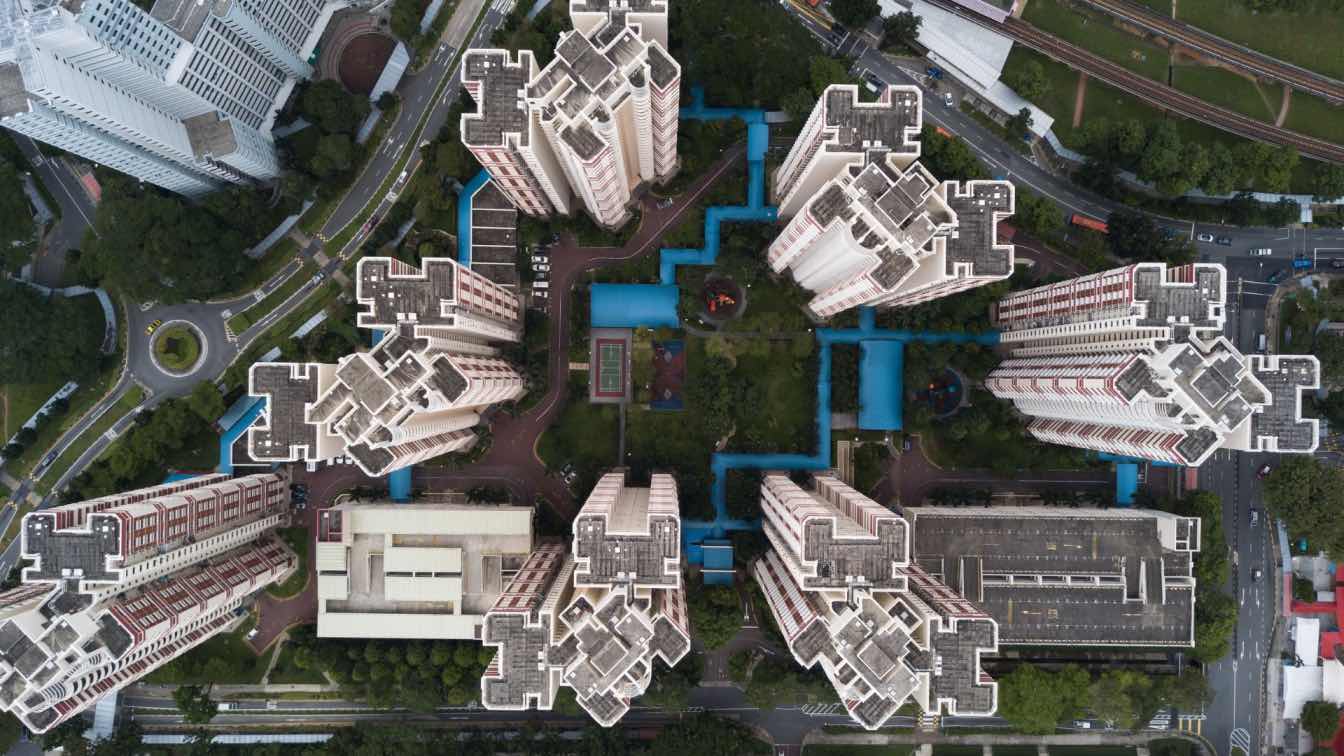As urban landscapes continue to evolve, large sheds and steel buildings are emerging as significant elements in architectural design and urban development, largely due to their cost effective nature. Traditionally viewed as functional structures for storage or industrial use, these expansive buildings are being reimagined to serve diverse and innovative purposes in modern-day development. This article explores how large sheds are transforming urban environments, contributing to sustainability, enhancing community spaces, and fostering new economic opportunities.
Reimagining Sheds for Mixed-Use Developments
Large sheds offer a versatile framework for mixed-use developments, integrating commercial, residential, and recreational spaces under one roof. Their expansive interiors and open floor plans allow for flexible design configurations, making them ideal for accommodating various functions. In urban areas where space is at a premium, converting big sheds into mixed-use hubs can optimize land use and promote vibrant, multifunctional communities.
Some developers are repurposing disused industrial sheds into dynamic spaces that house offices, retail shops, restaurants, and loft-style apartments. This approach not only preserves the historical and architectural character of the original structure but also reduces the environmental impact associated with new construction. By retaining the structural shell of existing sheds, developers can minimize waste and conserve resources, aligning with sustainable building practices.
Sheds as Cultural and Community Centers
The adaptability of large sheds makes them suitable for cultural and community centers, providing ample space for a range of activities and events. In many cities, old warehouses and storage sheds are being transformed into art galleries, performance venues, and community hubs. These conversions breathe new life into neglected structures and create inclusive spaces where people can gather, interact, and engage with cultural activities.
One notable example is the Tate Modern in London, a former power station now renowned as one of the world's leading contemporary art museums. The vast, industrial interior of the building provides a unique backdrop for large-scale art installations and exhibitions, attracting millions of visitors annually. Similarly, in urban neighborhoods, community groups are converting large sheds into multipurpose centers that offer educational programs, sports facilities, and event spaces, fostering social cohesion and community engagement.
Promoting Sustainable Urban Development
Sustainability is a critical consideration in contemporary urban development, and large sheds are playing a key role in promoting environmentally friendly practices. By repurposing existing structures, developers can significantly reduce the carbon footprint associated with demolition and new construction. Additionally, the large roofs of these sheds present opportunities for integrating renewable energy systems, such as solar panels, contributing to the overall sustainability of the urban fabric.
Architects are also incorporating green building technologies into shed conversions to enhance energy efficiency and reduce operational costs. Features like natural ventilation, passive solar design, and rainwater harvesting systems can be seamlessly integrated into the large, open layouts of sheds. These sustainable design strategies not only benefit the environment but also create healthier, more comfortable indoor environments for occupants.
Sheds as Innovation and Entrepreneurship Hubs
The rise of the knowledge economy and the proliferation of start-ups have increased the demand for flexible, affordable workspaces. Large sheds are being repurposed into innovation hubs and co-working spaces, providing entrepreneurs and small businesses with the infrastructure they need to thrive. These spaces are designed to foster collaboration, creativity, and innovation, offering a supportive environment for emerging businesses.
In many cities, former industrial sheds have been transformed into vibrant ecosystems where tech companies, creative agencies, and start-ups co-exist. These hubs often feature shared office spaces, meeting rooms, and event areas, facilitating networking and knowledge exchange. The open, adaptable nature of sheds allows for the creation of dynamic work environments that can evolve with the needs of the businesses they house.
Enhancing Urban Agriculture and Food Security
Urban agriculture is gaining traction as a strategy for improving food security and sustainability in cities. Large sheds provide an ideal setting for urban farming initiatives, offering controlled environments for growing crops year-round. By converting sheds into vertical farms or hydroponic systems, cities can produce fresh, local food, reducing the need for long-distance transportation and mitigating the urban heat island effect.
Innovative projects like Brooklyn Grange in New York City demonstrate the potential of repurposing large sheds for urban agriculture. By utilizing rooftops and interior spaces of industrial buildings, Brooklyn Grange operates one of the largest urban rooftop farms in the world, producing vegetables, herbs, and honey for local markets. These initiatives not only contribute to food security but also create green spaces that enhance urban biodiversity and improve air quality.
Future Directions and Opportunities
The future of large sheds in architectural design and urban development is bright, with endless possibilities for creative and sustainable uses. As cities continue to grow and evolve, the need for adaptable, multifunctional spaces will only increase. Large sheds, with their inherent flexibility and capacity for innovation, are well-positioned to meet this demand.
Future developments may see the integration of advanced technologies, such as smart building systems and the Internet of Things (IoT), into shed conversions. These technologies can optimize energy use, improve building performance, and enhance the user experience. Additionally, the growing emphasis on community-oriented development may lead to more sheds being repurposed for public amenities, such as libraries, sports centers, and wellness facilities.
In conclusion, the reimagining of large sheds in urban development represents a convergence of heritage preservation, sustainability, and innovation. By transforming these structures into vibrant, multifunctional spaces, architects and developers are contributing to the creation of resilient, adaptable cities that can meet the challenges of the future. As the trend continues to gain momentum, large sheds will undoubtedly play a pivotal role in shaping the urban landscapes of tomorrow.





